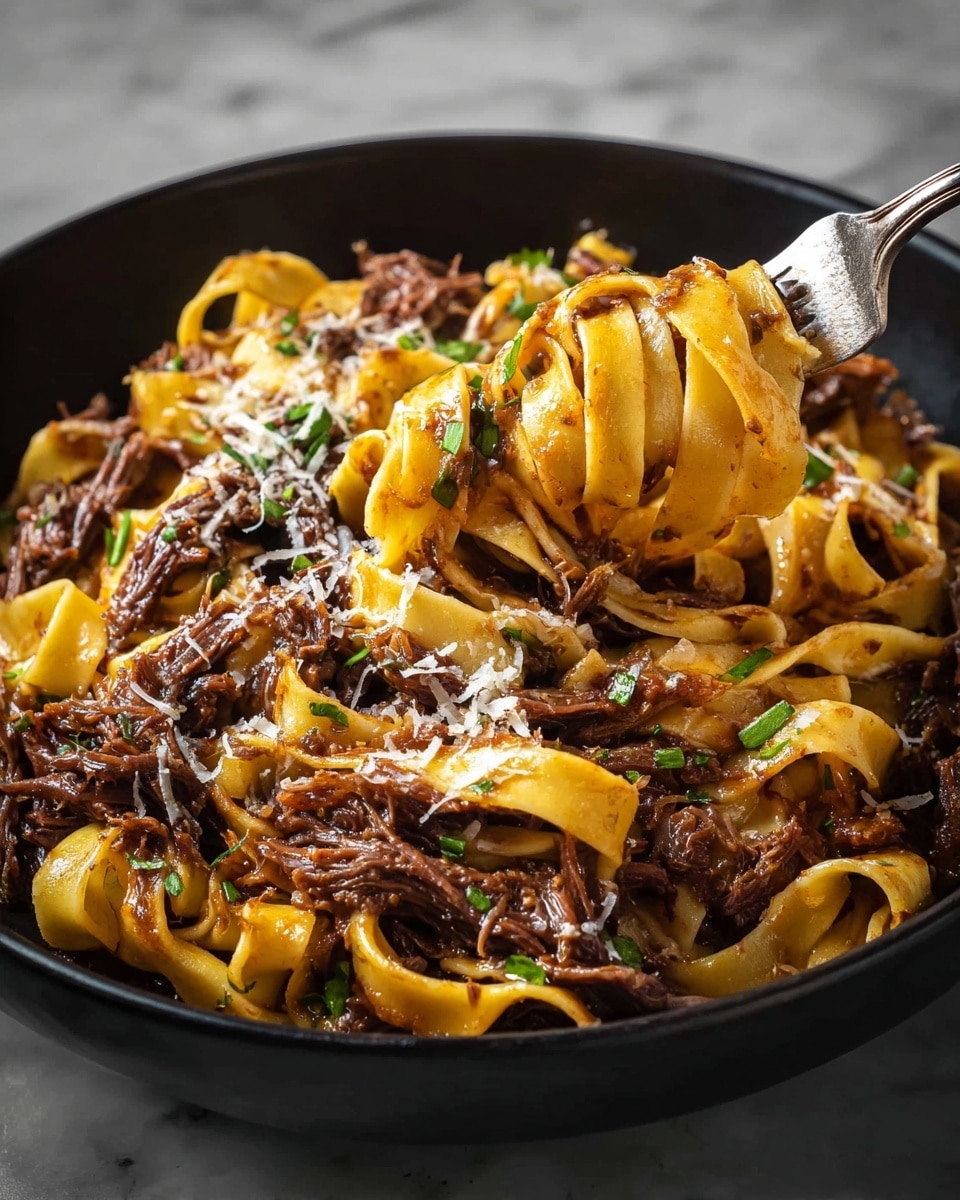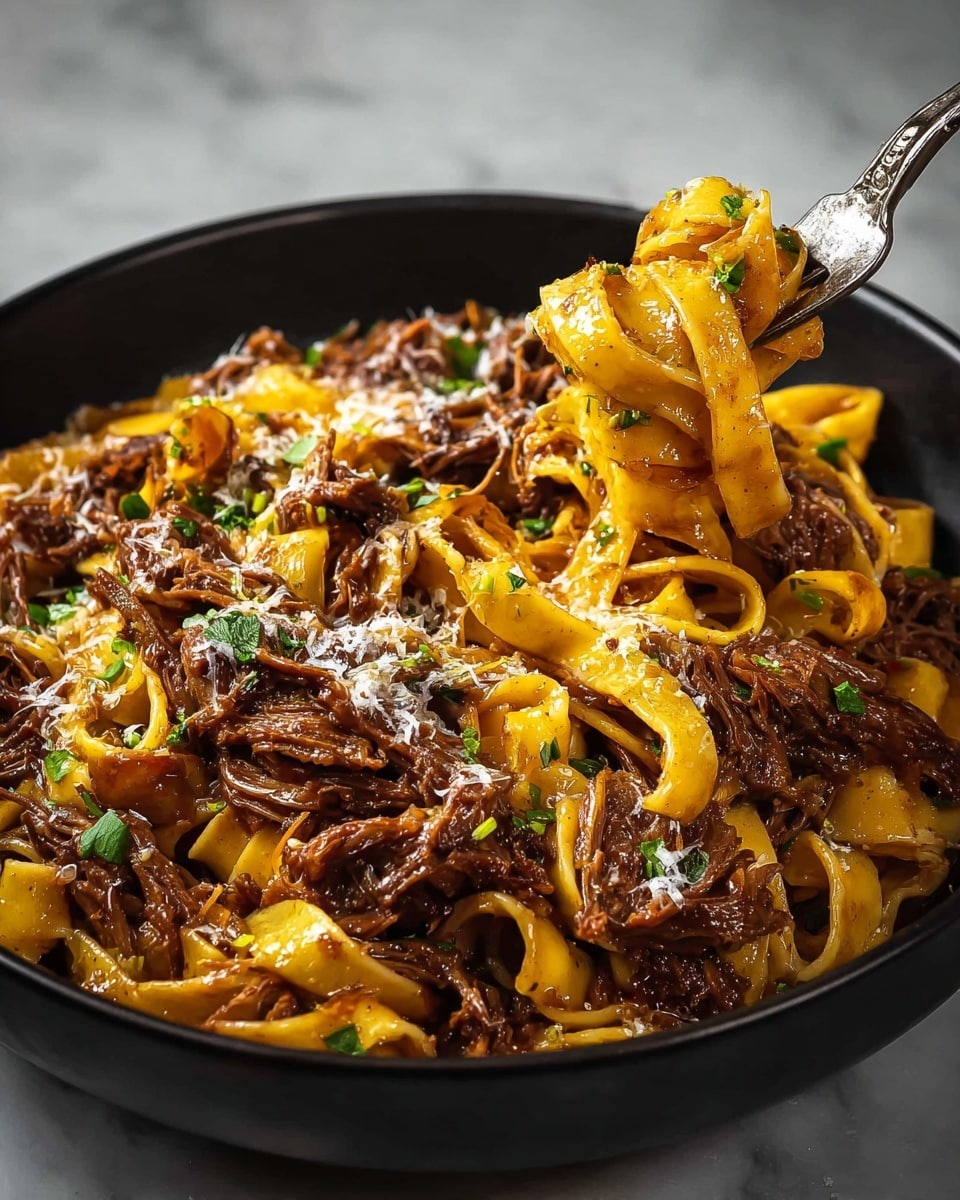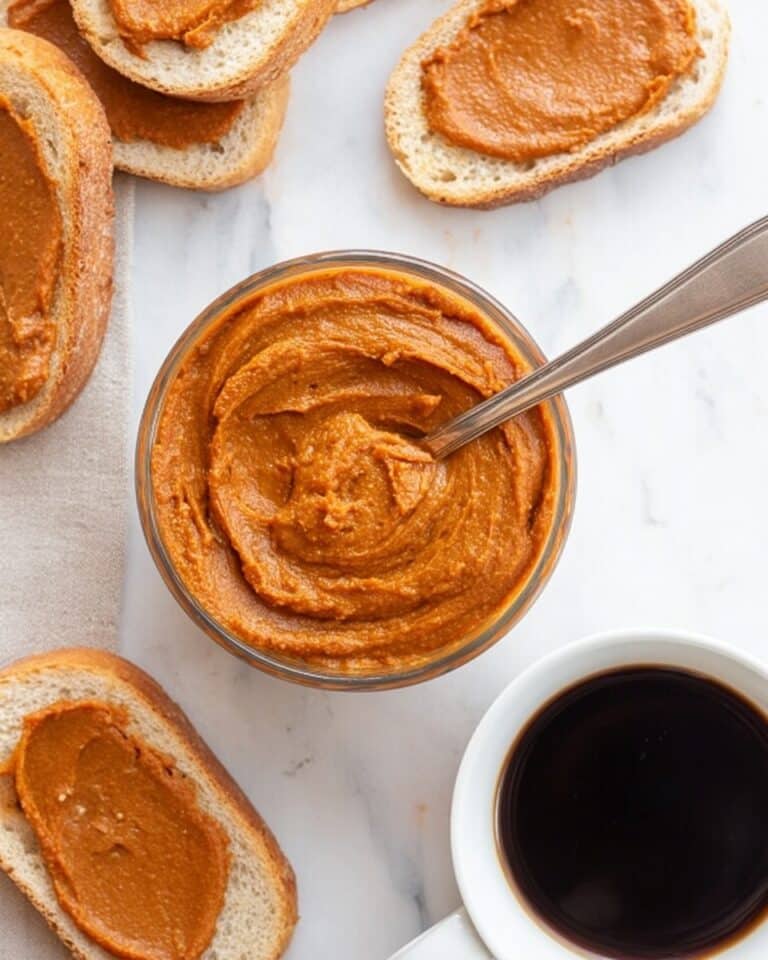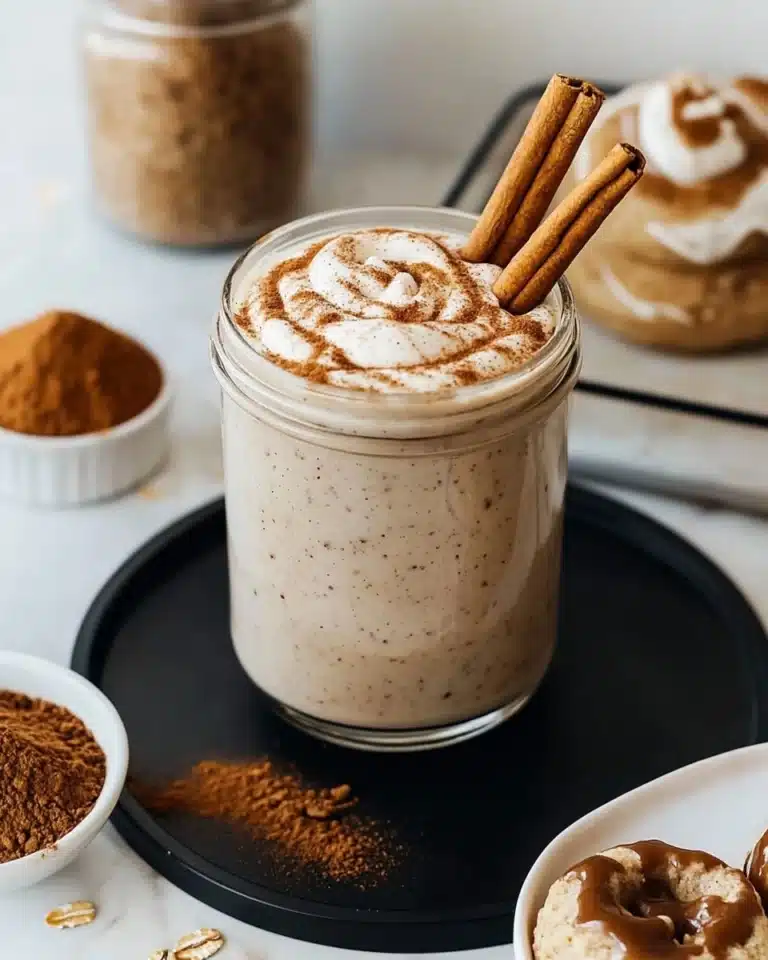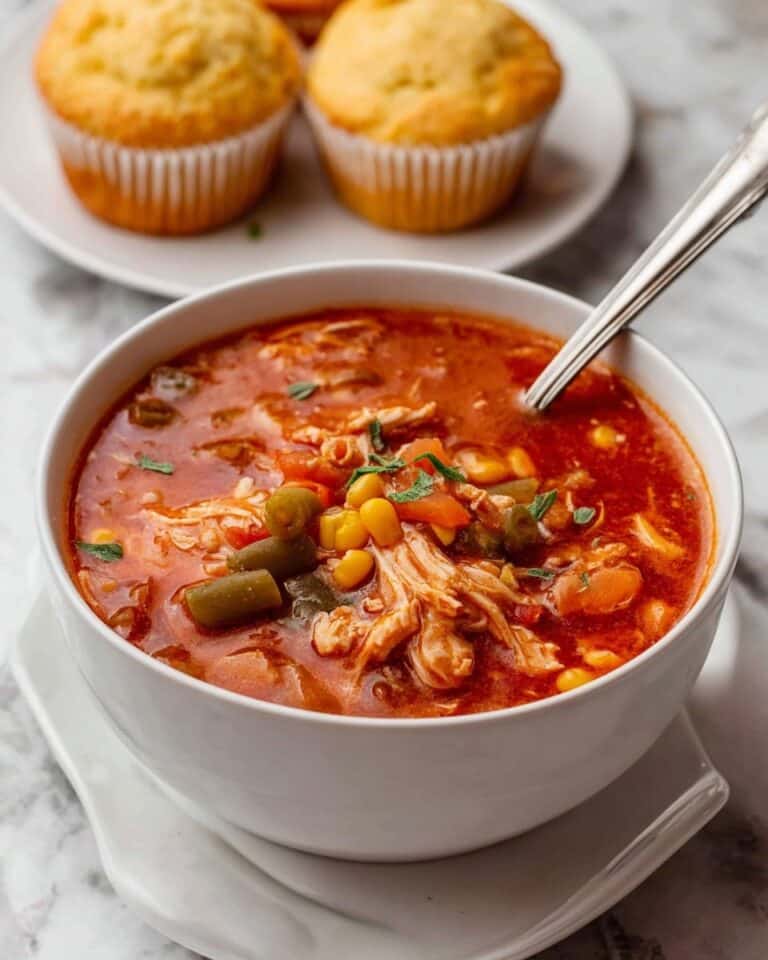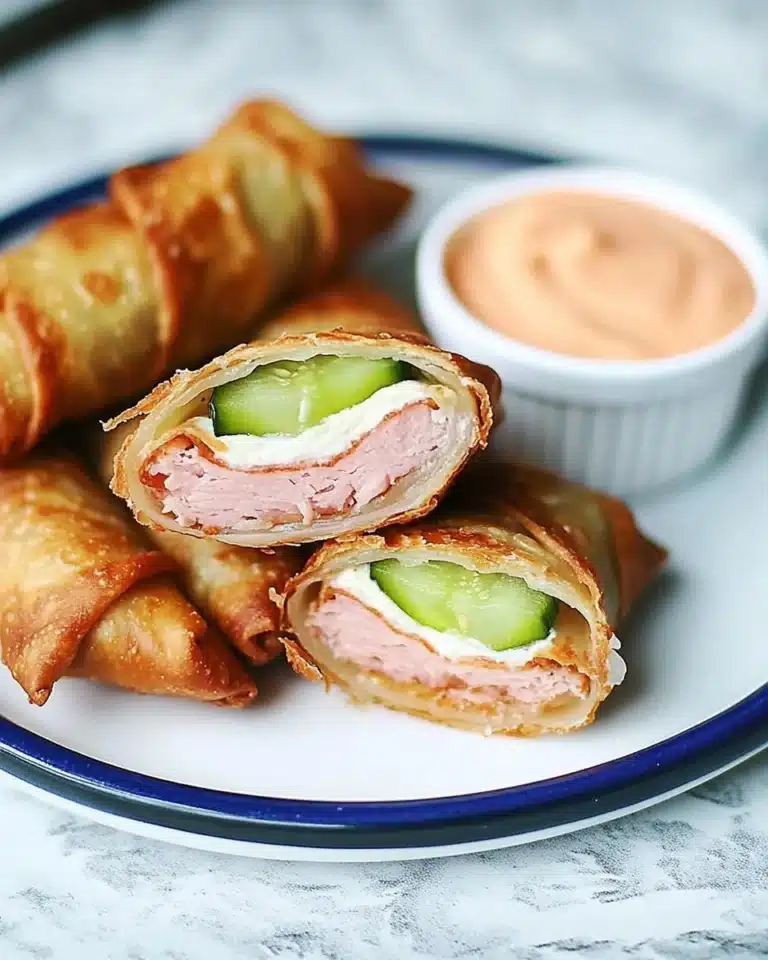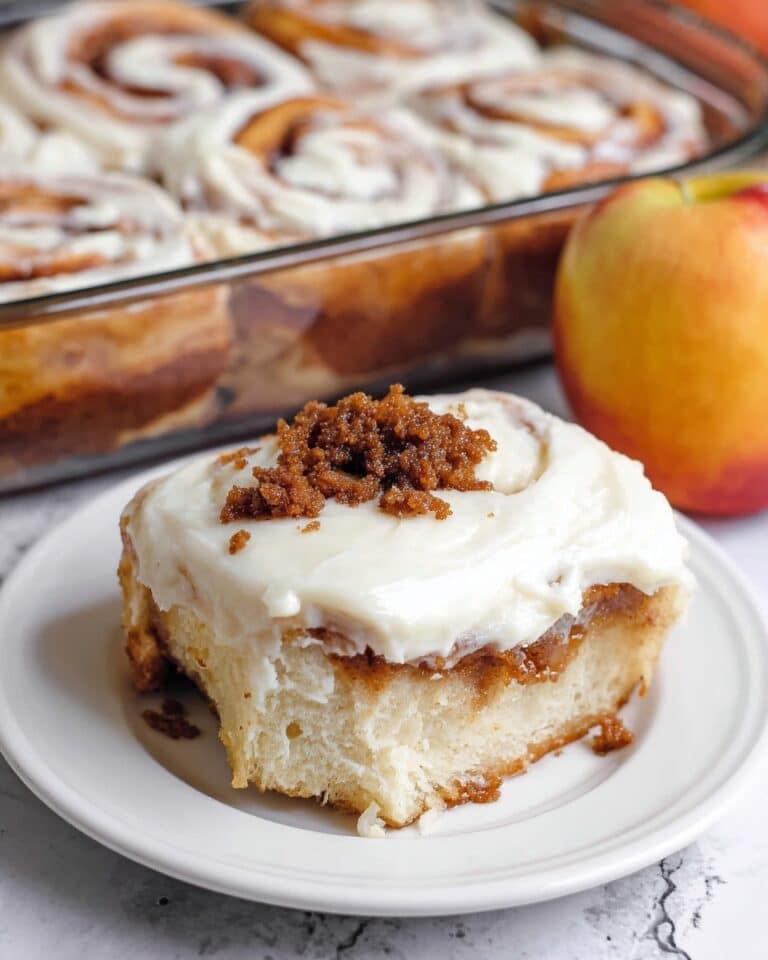If you’re looking for a rich, comforting dish that feels like a warm hug on a plate, you have to try this Short Rib Ragu with Pasta Recipe. I absolutely love how the slow-cooked short ribs melt into a luscious tomato sauce that clings perfectly to hearty pasta. When I first made this, my family went crazy for it—and the best part? It’s surprisingly straightforward, even if you haven’t tackled a ragu before. Keep reading because I’m going to walk you through everything you need to know to nail this fan-freaking-tastic recipe at home.
Why You’ll Love This Recipe
- Deep, rich flavor: Slow-cooking short ribs infuses the sauce with incredible beefy richness that you just can’t get from ground meat.
- Perfectly tender meat: The ribs become fork-tender and effortlessly shred into the sauce, creating an indulgent, silky texture.
- Versatile and comforting: This ragu goes beautifully with thick pastas like pappardelle or tagliatelle, making each bite wonderfully satisfying.
- Make-ahead friendly: It tastes even better the next day, so you can prep ahead and impress guests with minimal stress.
Ingredients You’ll Need
I’ve chosen ingredients that build layers of flavor, starting with hearty short ribs and finishing with fresh herbs and a splash of vinegar for brightness. Each one plays a key role, so it’s best to use quality basics where you can.
- Beef short ribs: I like to use deboned ribs cut into 2-inch cubes for easy shredding; bone-in also works well for extra flavor.
- Light olive oil: You can substitute with vegetable or avocado oil if you prefer a neutral taste.
- White onion: Finely diced to build the savory base of the sauce.
- Celery: Adds subtle freshness and crunch that softens during cooking.
- Carrot: Sweetness that balances the acidity of the tomatoes.
- Garlic cloves: Minced finely for that essential aromatic punch.
- Tomato paste: Concentrates tomato flavor and adds depth.
- Red wine: Makes a lush deglazing liquid that lifts all those brown bits off the pan.
- Broth (beef or chicken): Keeps the sauce rich and moist during simmering.
- Crushed tomatoes: Use a good-quality canned variety—they’re the heart of the sauce.
- Herb bundle (rosemary, thyme, parsley stems): Fresh herbs infuse the sauce with fragrant notes.
- Bay leaves: For a subtle earthy flavor depth.
- Sherry or red wine vinegar: Added at the end for that bright acidic touch to balance richness.
- Kosher salt and fresh cracked pepper: Season carefully to enhance all the flavors.
- Pasta (tagliatelle or pappardelle): Thick, ribbon-like shapes are ideal to catch the thick ragu sauce.
- Chopped parsley and grated Parmigiano Reggiano: Classic garnishes that add freshness and umami.
Variations
I love how flexible this Short Rib Ragu with Pasta Recipe is—one of my favorite things. You can tweak the ingredients or use different types of noodles and still get fabulous results. Don’t be afraid to make it your own!
- Using bone-in ribs: I’ve tried this with bone-in ribs too, and it offers a lovely boost of flavor, but do be patient removing the bones after cooking—they can be a bit fiddly.
- Stewing beef alternative: If short ribs aren’t available or you want a budget-friendly option, stewing beef cubes work well and cook a little faster.
- Serving styles: Beyond pasta, I like layering this ragu in lasagna or spooning it over creamy polenta for a cozy meal variation.
- Herb swaps: Feel free to swap rosemary for sage or add a pinch of chili flakes if you like a bit of heat.
How to Make Short Rib Ragu with Pasta Recipe
Step 1: Sear Your Short Ribs to Lock in Flavor
Start by seasoning those beautiful beef short ribs generously with kosher salt on all sides. Heat your olive oil in a large Dutch oven or braiser over medium-high heat. When the oil shimmers, add the ribs—making sure not to crowd the pan. You want a nice sear, so do this in batches if needed. You’re aiming for deeply browned edges because that’s pure flavor magic. Once they’re seared, transfer them to a plate. If the pot looks greasy, pour off all but about two tablespoons—just enough to keep the veggies from sticking.
Step 2: Build a Flavor Base with Veggies and Tomato Paste
Without cleaning the pot, toss in your diced onion, celery, carrot, and minced garlic. Sauté on medium-high for about 3 to 4 minutes until the onion softens and everything smells amazing. Stir in the tomato paste along with a teaspoon of salt and half a teaspoon of cracked pepper. Let it cook for another 2 to 3 minutes, which deepens the tomato flavor and mellows any raw edges.
Step 3: Deglaze and Combine Ingredients
Now for the fun part! Pour in the red wine to deglaze the pot, scraping all those wonderful browned bits off the bottom—they’re flavor gold. Let the wine reduce slightly for a few minutes, then add your seared short ribs back in. Pour in the broth and crushed tomatoes, then tuck in your herb bundle and bay leaves.
Step 4: Slow Simmer to Tender Perfection
Bring everything to a low simmer, cover the pot but leave the lid slightly ajar to let steam escape, and cook for 2 to 2 ½ hours. This long, gentle simmer is where the magic happens—the meat becomes fork tender and the sauce thickens beautifully. Don’t forget to check every so often, and if the sauce looks too thick or dry, add a splash of broth or water. You can also turn down the heat as needed.
Step 5: Shred the Meat and Finish the Sauce
Once your ribs are tender enough to fall apart easily, remove the bay leaves and herb bundle. If you used boneless ribs, shred them right in the pot with a couple of forks or tongs. For bone-in ribs, carefully remove the bones first and then shred the meat—this takes a little patience but is worth it. Taste your ragu and adjust the seasoning with salt, pepper, and the acidity from the sherry or red wine vinegar. If you want a thicker sauce, keep simmering for a bit longer until it reaches your desired consistency.
Step 6: Cook Pasta and Serve
While the ragu finishes, cook your chosen pasta according to the package instructions until al dente. I recommend tagliatelle or pappardelle here because their broad ribbons grab onto the luscious sauce better than thin noodles. Drain the pasta, toss it with a few spoonfuls of ragu, and then plate it up. Don’t forget a sprinkle of chopped parsley and a generous grating of Parmigiano Reggiano on top—my favorite part!
Pro Tips for Making Short Rib Ragu with Pasta Recipe
- Don’t Rush the Sear: Taking your time to get a deep brown crust on the ribs adds so much flavor; it’s worth doing in batches.
- Watch Your Liquid Levels: I learned that keeping the sauce from drying out too fast means checking in and adding broth when needed to avoid burning and keep everything tender.
- Use a Herb Bundle: Tying your herbs together makes it easy to remove later—no fishing out tiny leaves after long cooking.
- Add Vinegar Last: The splash of sherry or red wine vinegar brightens the whole dish—add it near the end so it doesn’t cook off.
How to Serve Short Rib Ragu with Pasta Recipe
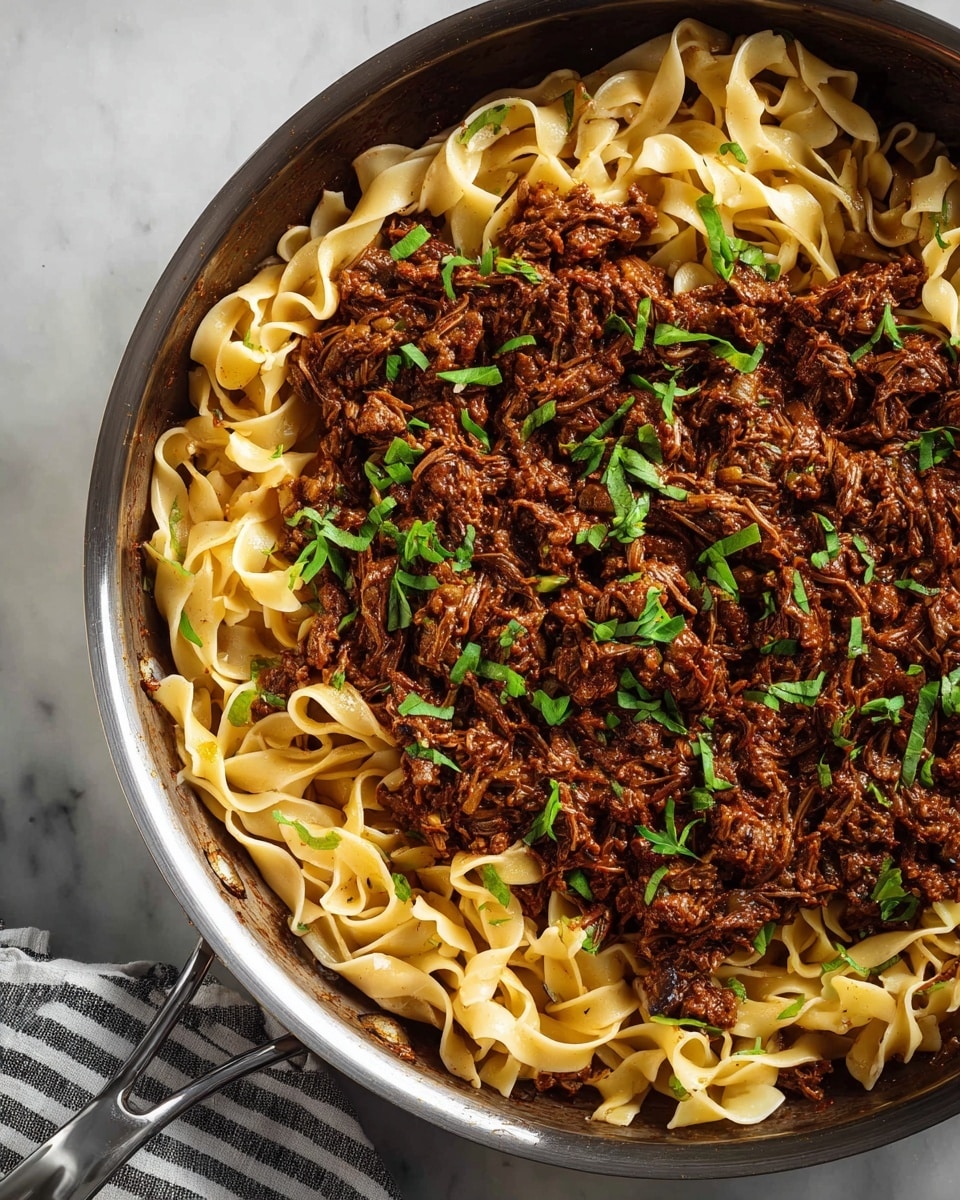
Garnishes
I always finish this with chopped fresh parsley and a generous shower of grated Parmigiano Reggiano. The parsley adds a little fresh green contrast, and that cheesy saltiness of the Parm just brings everything together. Sometimes, if I’m feeling fancy, a drizzle of good-quality extra virgin olive oil finishes it beautifully.
Side Dishes
My go-to sides for this ragu are a crusty garlic bread and a simple green salad dressed with lemon and olive oil to cut through the richness. Roasted seasonal vegetables like Brussels sprouts or asparagus work perfectly too.
Creative Ways to Present
For special occasions, I like to plate the ragu alongside creamy polenta rather than pasta—it feels a little elevated. Or, serve the ragu over crispy fried polenta rounds as a fun appetizer to wow guests. Another fun idea is layering the ragu in homemade lasagna sheets for a decadent twist on Italian comfort food.
Make Ahead and Storage
Storing Leftovers
I store leftover ragu in airtight containers in the fridge and find it actually tastes better after a day when the flavors marry. Just be sure to cool it completely before refrigerating, and consume within 3-4 days.
Freezing
This ragu freezes wonderfully—I portion it into freezer-safe containers or zip-top bags for up to 3 months. When I thaw it slowly in the fridge overnight, the texture stays perfect and the flavor remains vibrant.
Reheating
To reheat, I usually warm the ragu gently on the stovetop over low heat with a splash of broth or water to loosen it up. This helps it simmer gently and keeps that melt-in-your-mouth quality instead of getting dry or tough.
FAQs
-
Can I use other cuts of beef instead of short ribs?
Absolutely! While short ribs offer fantastic flavor and tenderness, you can substitute stewing beef or even chuck roast cut into cubes. Just keep in mind that cooking times might vary slightly, and tougher cuts might require longer simmering to become tender.
-
What pasta works best with Short Rib Ragu?
I recommend thicker, ribbon-like pastas such as pappardelle or tagliatelle because they hold the chunky sauce really well. Other great options are orecchiette, rigatoni, or cavatelli for hearty spoonfuls of ragu in every bite.
-
Can I make this recipe in a slow cooker?
You can! After searing your short ribs and sautéing the veggies on the stovetop, transfer everything to a slow cooker and cook on low for about 6-8 hours until tender. Finish by shredding the meat and adjusting seasoning. It’s a great hands-off option.
-
How do I store leftover ragu for best flavor?
Store your leftovers in airtight containers in the fridge for up to 4 days, or freeze portions for longer storage up to 3 months. Reheat gently with a splash of broth to keep the sauce lush and the meat tender.
Final Thoughts
This Short Rib Ragu with Pasta Recipe has become a staple in my kitchen for good reason. It’s a dish that feels fancy enough for a weekend treat yet simple enough to make any night of the week if you set aside time to slow cook it. The depth of flavor, the tender meat, and the satisfying twirl of thick pasta make it truly special. I can’t recommend it enough—once you try it, I promise it’ll be a go-to recipe for cozy dinners that impress every time.
Print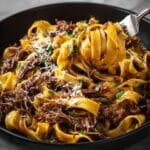
Short Rib Ragu with Pasta Recipe
- Prep Time: 30 minutes
- Cook Time: 3 hours
- Total Time: 3 hours 30 minutes
- Yield: 6 servings
- Category: Main Course
- Method: Stovetop
- Cuisine: Italian
Description
This Short Rib Ragu is a rich and hearty Italian-inspired dish featuring tender, slow-simmered beef short ribs in a savory tomato and red wine sauce. Perfectly paired with thick pasta like pappardelle or tagliatelle, this comforting ragu transforms simple ingredients into a gourmet meal that’s ideal for cozy dinners and special occasions.
Ingredients
Meat
- 2 lbs Beef short ribs – De-boned, cut into 2″ (5cm) cubes
Vegetables and Aromatics
- 1 cup White onion – Finely diced
- ½ cup Celery – Finely diced
- ½ cup Carrot – Finely diced
- 4 Garlic cloves – Finely minced
Liquids and Sauces
- 2 tablespoons Light olive oil (or vegetable or avocado oil)
- 1 cup Red wine
- 1 cup Broth – Beef or chicken
- 1 ¾ cup Crushed tomatoes – 14oz can
- 2 tablespoons Sherry or red wine vinegar
Seasonings and Herbs
- Kosher salt
- Fresh cracked pepper
- 2 tablespoons Tomato paste
- Herb Bundle – Rosemary, thyme, parsley stems
- 2 Bay leaves
Pasta and Garnish
- 1 lb Pasta – Tagliatelle or pappardelle
- Chopped parsley for garnish
- Grated Parmigiano Reggiano for garnish
Instructions
- Season the Short Ribs: Generously season the beef short ribs on all sides with kosher salt to enhance their natural flavors.
- Sear the Short Ribs: Heat 2 tablespoons of light olive oil in a large braiser or Dutch oven over medium-high heat. Add the short ribs in batches so as not to overcrowd the pot. Sear the ribs on all sides until browned, then transfer them to a plate. If excess grease accumulates, remove all but 2 tablespoons from the pot.
- Sauté Vegetables: Add finely diced onion, celery, carrot, and minced garlic to the same pot. Sauté over medium-high heat for 3-4 minutes until the onion softens and the vegetables are fragrant.
- Add Tomato Paste and Seasoning: Stir in 2 tablespoons of tomato paste, 1 teaspoon kosher salt, and ½ teaspoon fresh cracked pepper. Continue sautéing for another 2-3 minutes to deepen the flavors.
- Deglaze with Red Wine: Pour in the red wine, scraping the bottom of the pot with a wooden spoon to loosen and incorporate any browned bits into the sauce.
- Simmer the Ragu: Return the seared short ribs to the pot and add the broth and crushed tomatoes. Add the herb bundle and bay leaves. Bring the mixture to a low simmer, cover the pot with the lid slightly ajar to allow steam to escape, and cook for 2 to 2½ hours. Check occasionally and add broth or water if the sauce reduces too much. Reduce heat if necessary to maintain a gentle simmer.
- Check for Tenderness and Shred Meat: When the ribs are fork-tender and falling apart, remove the bay leaves and herb bundle and discard. If using boneless ribs, shred the meat directly in the pot using two forks or tongs. For bone-in ribs, carefully remove bones before shredding the meat and discard cartilage if desired.
- Adjust Seasoning and Finish Sauce: Taste the ragu and adjust salt and pepper as needed. Stir in the sherry or red wine vinegar for brightness. If the sauce is too thin, continue simmering uncovered for an additional 15-30 minutes to thicken.
- Cook Pasta and Serve: Cook your chosen pasta (pappardelle or tagliatelle) according to package instructions. Serve the ragu over the pasta, garnished generously with chopped parsley and grated Parmigiano Reggiano.
Notes
- Refer to the step-by-step photos on the blog post to guide you through the cooking process visually.
- Deboned short ribs cut English style into cubes are favored for convenience, but bone-in short ribs impart richer flavor.
- Stewing beef cubes can be used as a more budget-friendly option without compromising taste much.
- This ragu is versatile: enjoy it with pasta, creamy polenta, as ravioli filling, in lasagna layers, as a side for roasted vegetables, or even over hummus.
- Recommended pasta shapes are thick and hearty such as pappardelle, tagliatelle, orecchiette, rigatoni, or cavatelli to hold the robust sauce well.
Nutrition
- Serving Size: 1 cup ragu with pasta (~250g)
- Calories: 550 kcal
- Sugar: 6 g
- Sodium: 450 mg
- Fat: 22 g
- Saturated Fat: 7 g
- Unsaturated Fat: 13 g
- Trans Fat: 0 g
- Carbohydrates: 45 g
- Fiber: 5 g
- Protein: 38 g
- Cholesterol: 120 mg

